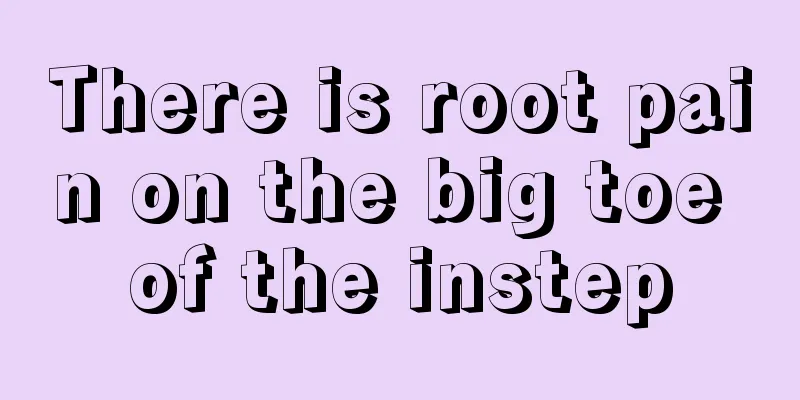There are 5 symptoms of phenylketonuria

|
Phenylketonuria is a common disease in daily life, which is mainly caused by abnormal amino acid metabolism. Most patients begin to show symptoms within 3-6 months. Therefore, it is important to understand the symptoms of phenylketonuria in a timely manner and receive early treatment to minimize the impact of the disease on the baby's healthy development. Clinical manifestations: The affected children are normal at birth, and symptoms usually begin to appear at 3 to 6 months, and become obvious at 1 year old. 1. Mental retardation: It is the main symptom of this disease. If not treated in time, the child may show sluggish expression and delayed intellectual development a few months after birth. 60% of the children have severe mental retardation, and only 2-4% have close to normal intelligence. The child has developmental and speech delays. Without treatment, half of children have an IQ < 50° 2. Epileptic seizures: more common in children under 1 year old and those with severe intellectual disabilities. It may manifest as infantile spasms or other types. EEG may show abnormalities such as high-peak rhythm disorders and focal spikes. 3. Appearance: The hair color is normal at birth. In 90% of the sick children, the hair, skin and iris color become lighter a few months after birth due to insufficient melanin synthesis. 4. Urine and sweat: The levels of phenylalanine, phenylpyruvate, phenyllactic acid and phenylacetic acid in urine increase, and the urine has a rat urine odor. 5. Others: Vomiting and skin eczema are common. There are three types: classic type (infant and children type), malignant type and transient type. The classic type is severe mental retardation after 3 months, with speech disorders being the most serious. 85% are idiots, with high or low muscle tone, inability to sit or walk, pyramidal tract signs, and often facial eczema. At the age of 1, the skin is fair with light yellow hair, the irises are yellowish or light blue, and the urine has a special musty or rat smell. After the age of 2, children often have convulsions, hyperactivity, enlarged and protruding maxilla, widened maxillary tooth distance, slow height development, and loneliness and introversion. 1-3% of children with classic type develop severe brain damage at the age of 1, which is called malignant hyperphenylalaninosis. The other is transient or benign hyperphenylalaninemia, which does not require treatment. |
<<: 5 major dangers of narcolepsy that you need to know
>>: Can morphine treat angina pectoris?
Recommend
What is the effect of targeted therapy for nasopharyngeal carcinoma? What should patients pay attention to in their diet?
With the continuous development of society, new m...
What to do if the room is dry in autumn
In autumn, the temperature is relatively low and ...
Are there any symptoms of zinc deficiency in the human body? What are the symptoms?
Zinc is an essential element for the human body. ...
What are the ways to get rid of acne?
Acne is a skin disease that many of our friends h...
What is the reason for numbness near the incision of thyroid cancer
Thyroid cancer patients experience numbness near ...
What color clothes should I wear if my skin is yellowish
Clothes make the man, and saddles make the horse....
Dietary remedies for patients with liver cancer of the heat-toxic Yin-damaging type
Most patients with liver cancer of the heat-toxic...
What to do if acne appears in the t-zone
The T-zone is a very important area on the human ...
How to correctly eliminate bulbous nose?
The nose is considered a very important part beca...
What is the reaction to asarum poisoning
Asarum, also known as Asarum, is a very common Ch...
There is a big swelling at the place where cupping was done
1. If a large swelling appears in the area after ...
How to check if it is gallbladder cancer
Gallbladder cancer is a deadly cancer. The earlie...
What are the symptoms of liver cancer bone metastasis? Several symptoms of liver cancer bone metastasis
Once you find out that you have liver cancer, you...
What are the main hazards of hamartoma
The deterioration of the environment, unsafe diet...
What are the folk remedies for treating superficial varicose veins in the right lower limb?
Varicose veins are mainly caused by blood stasis ...









